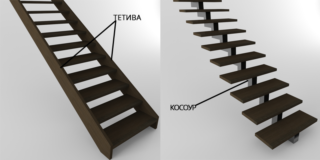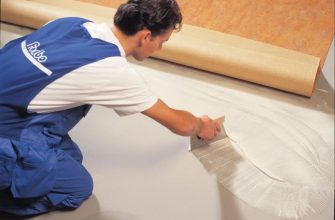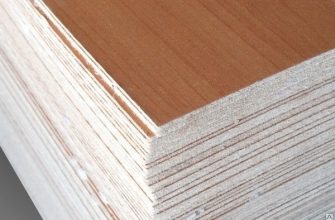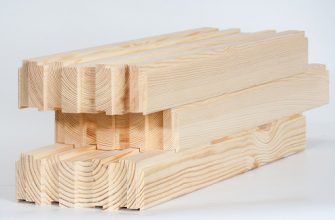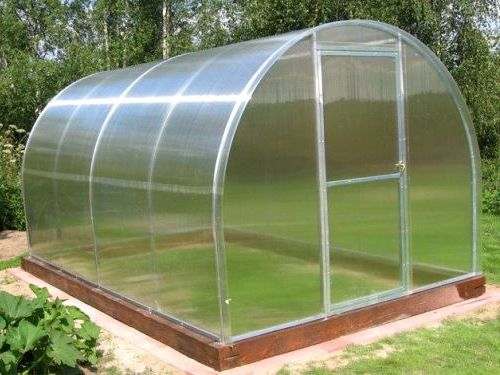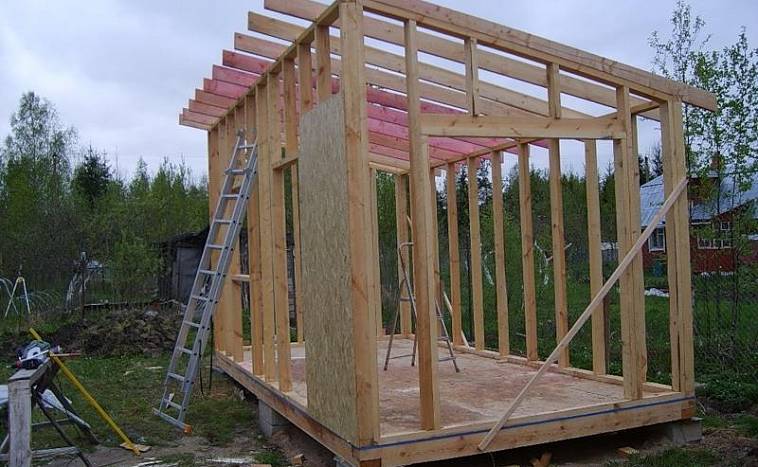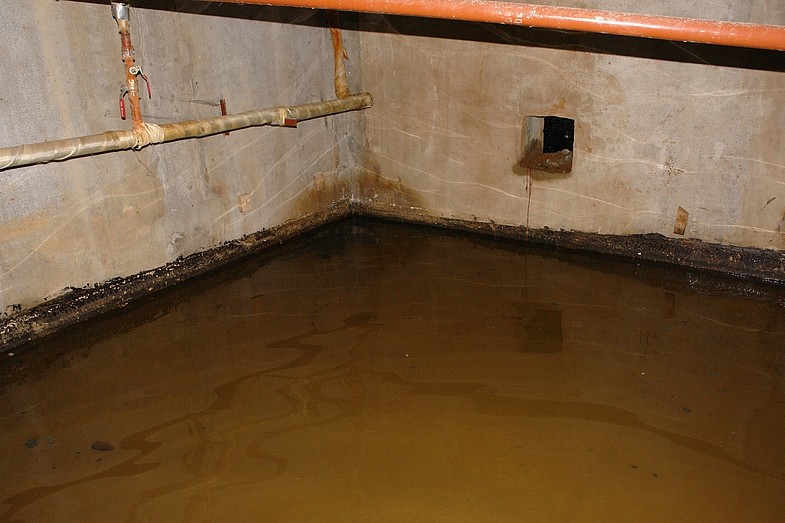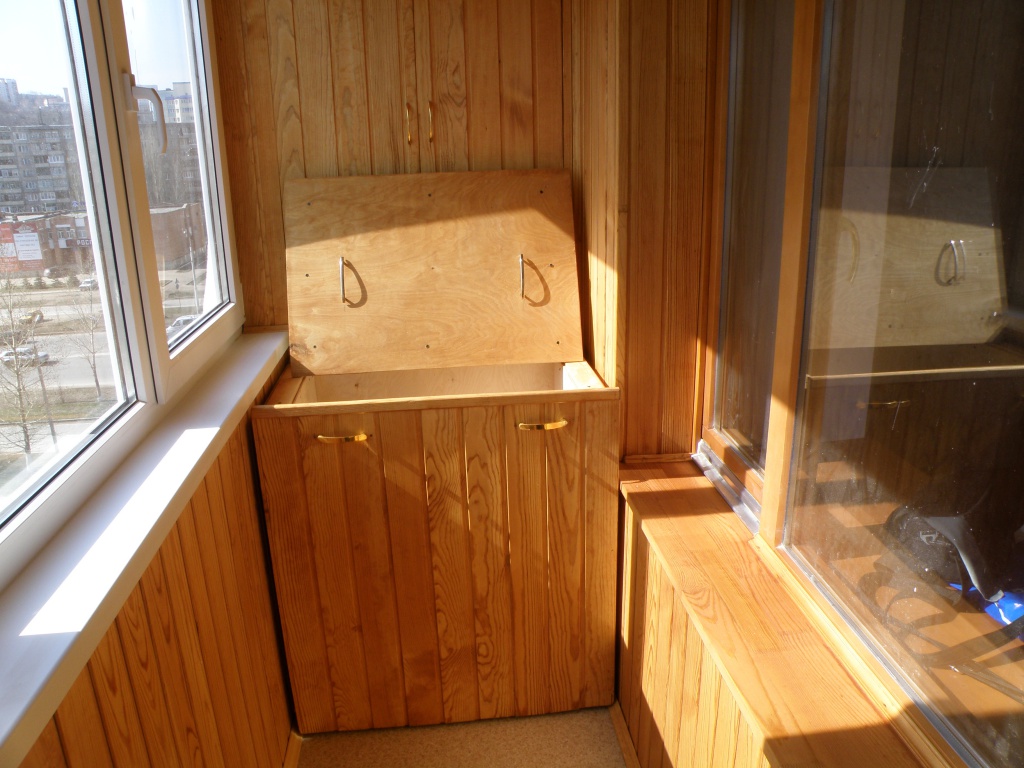The staircase includes supports and steps. The support can be a wall (cantilever staircase) or a connection of steps. However, the most popular and reliable option is the kosoura model.
What is a stringer for stairs
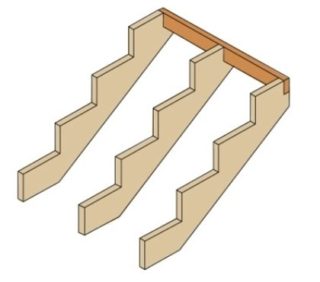
The stringer for the stairs is a kind of bowstring. It forms a support frame on which steps and railings are mounted. Kosoura are beams with a certain section and a comb on the upper edge. In lateral projection, the end of the element remains in view. The steps are placed on top of the beams into the cuts prepared for this.
The main task of the element is to provide reliable support. The element must support the weight of the steps and the weight of at least 3 people climbing the stairs. The strength must be sufficient to exclude any type of vibration.
It also serves as an interior detail. The shape and design of the elements determine the stylistic identity of the stairs and, to a large extent, its attractiveness.
According to SNiP, a staircase up to 110 cm wide in a residential building must withstand a load of 250 kg.
Varieties of kosour
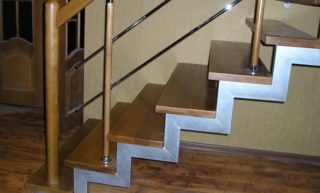
The main difference between a stringer and a bowstring is the way the steps are laid. In the second case, the steps are mounted on the inside and connected with a coupler. In the first, they are installed from above. This provides much more scope for changing the shape and appearance of an element. Kosoura are classified according to many characteristics.
To size
The dimensions of the staircase depend on many factors. The dimensions of the support are calculated based on the type, width and weight of the stairs. On average, 1 stringer is required per 100-120 cm of tread length. If the width of the flight of stairs exceeds 2 m, it is recommended to install an additional one.
The advantage of such a ladder is its smaller dimensions and area compared to the version on the bowstring. Since the steps are superimposed on top, the span width is only dictated by the tread width.
By material
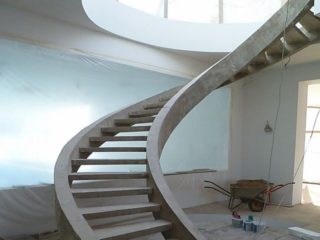
Kosoura are made from a variety of materials. A combination of metal and wood is often used, which increases the variety of shapes and types.
For wooden stringer hardwood such as beech or oak is suitable. It is very expensive, so the supports are often cut from pine and other conifers. Wooden elements look very beautiful, stylish, create a feeling of comfort and warmth. However, the construction is heavy and over time, the steps attached to the cuts begin to creak.
If the ladder is placed on 1 kosour, a well-dried timber with dimensions of 30 * 50 cm is taken for it. If 2 is assumed, you can take boards. Glued timber is often used, since the stairs require long elements.
Steel stringer made of black steel. For him, take a profile pipe, I-beam, channel. Products are coated with powder paint to prevent rust. Such an element is extremely strong and stable. On a steel beam, you can put steps from any, even the heaviest material - glass, natural stone.
Concrete option are obtained by pouring metal reinforcement with concrete in special forms. This is a monolithic structure, obtained only in a production environment. The support is extremely reliable and durable, but solid. To install it in place, you need the help of specialists. The concrete element can be shaped to any shape.
How to make and fix the kosour depends on the material. Wooden ones are collected on pins, less often self-tapping screws. The metal structure is welded.
By location
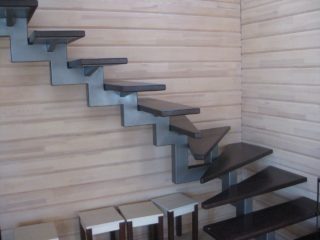
There are several options for installing steps that affect the design and appearance of the stairs:
- A structure on one stringer - for such a support, a massive beam or a metal structure is chosen. However, such a staircase looks light and graceful. A popular solution for the screw model.
- On 2 supports - the classic version.
- For 3 or more - additional supports are required on complex swivel ladders of large width.
If the ladder is attached to the wall using a side element, this is a stringer model. If the steps are fixed directly to the wall - the cantilever option.
By form
The fastening of steps to 1 or 2 kosoura is done in different ways. This also affects the design of the structure and characteristics:
- The easiest way - the steps are installed on bevels in the form of teeth.
- More complex - fastening to the support of the fillies, usually with a beveled edge, on which the steps are mounted. Looks sleeker.
- Ready-made block steps are installed on a structure without teeth and fixed with dowels.
- Curved flat steel supports are fixed to the same straight support, on which the steps are attached. A sleek option for modern interiors.
- A simpler combined option - the steps are attached to a flat stringer with one side, and rest on steel supports with their outer edge.
For mansard stairs and other structures of very small thickness, use the "duck step" placement option. Here the steps are mounted at different levels. A man walks up the stairs, as it were, waddling - like a duck. This is a good solution for stairs with an inclination angle of more than 45 degrees.
Calculation of parameters
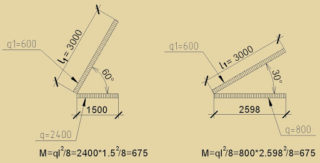
To determine the length of the stringer, the length of the future march is measured directly from the upper and lower platforms, or the hypotenuse of a right-angled triangle is calculated, the sharp corners of which indicate the beginning and end of the stairs.
If the support is straight, the dimensions of the steps do not matter for this element. If it is notched, it is necessary to make the cuts of the desired size. Calculations take into account:
- the height and width of the opening;
- the length of the projection on the floor;
- number of steps;
- tread depth and riser height.
The calculation is carried out according to the norms of SNiP. The sum of the depth and height of the tread should be 50-60 cm - the average size of a human step. Change the ratio of these indicators based on the angle of inclination.
Recommendations:
- The height of the march - from the floor of the lower floor to the landing of the upper floor cannot exceed 2 m. At a higher height, the staircase structure becomes too massive.
- The length of the projection depends on the size of the section on which the march is located. The smaller the plot, the steeper the staircase. This increases the height of the steps and decreases the width to make the ascent relatively comfortable.
- At an angle of inclination of 45 degrees, you can go down the stairs only backwards. This value is considered critical. At a greater angle of inclination, the staircase becomes auxiliary, it is forbidden to carry things along it.
- The permissible tilt angle is 12-40 degrees. At an inclination of less than 10 degrees, the staircase turns into a ramp.
- According to the norms, the depth of the tread should correspond to the average length of a human foot - 30 cm. The height of the riser is recommended above 22 cm, otherwise the upward climb becomes too difficult.
The depth of the lower tread can be 1–3 cm deeper. This is taken into account during manufacture.
The advantages of a stringer over a bowstring
- the width of the march is smaller and is determined only by the width of the tread;
- simple assembly - the steps are laid on top of the stringer;
- such a support allows you to build a ladder of any type: straight marching, turning, spiral;
- elements can be made by yourself;
- if damaged, steps and railings can be easily replaced without disassembling the entire structure.
Kosoura are stable and reliable enough to support outdoor and indoor staircases.
Required tools and materials
To make a kosour for a staircase made of wood or metal with your own hands, it is determined by its type and characteristics of the structure. Usually wooden supports are made on their own, since working with metal requires specific skills.
For a wooden stringer you will need:
- Material - timber with a section of 30 * 50 cm or boards 50–70 mm thick and at least 250–300 mm wide. Better to take hard wood - oak, hornbeam. However, it is very difficult to handle. It is allowed and even recommended to use glued laminated timber: such material does not swell or dry out under the influence of moisture.
- Hacksaw for wood, saw. A drill may be needed.
- Square, tape measure, level.
- Wooden pins, if the steps will be placed on the filly.
The tree is treated with antiseptics before work. It is recommended to paint the details immediately.
Instructions for making a kosour with your own hands
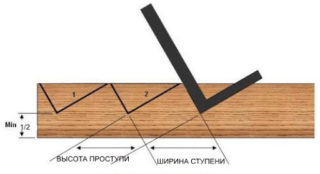
The main work on the manufacture and installation of stringers falls on the calculations. The ratio of the height and width of the steps is carefully adjusted to the length of the march, the angle of inclination. In this case, the finite number of treads may change, therefore, a toothed stringer is done when all calculations are completed.
The stepped version is a kind of staircase projection. It is better for him to make a drawing and follow all the steps step by step.
- For support, take a board or beam of sufficient length, saw down the ends at the desired angle.
- A cutout template is made. This is a right-angled triangle, where the legs are the height of the riser and the depth of the tread. It is possible to mark the board without a template using a ruler or square, but this method is more difficult.
- The teeth can only be at right angles, so it is impossible to make a mistake with the placement of the pattern. Marks with a pencil or chalk.
- According to the resulting scheme, the teeth are cut out with a circular saw.
- The ends are processed with sandpaper.
- If it is supposed to put filly, holes are drilled for the dowels at the ends of the support.
It is very easy to mount such a ladder. The stringers are fixed on the upper and lower platforms. Fastening the ladder to the floor is usually done with anchors. Finished steps are placed on supports and fixed with nails, screws or pins. Risers, if any, are attached in the same way.

